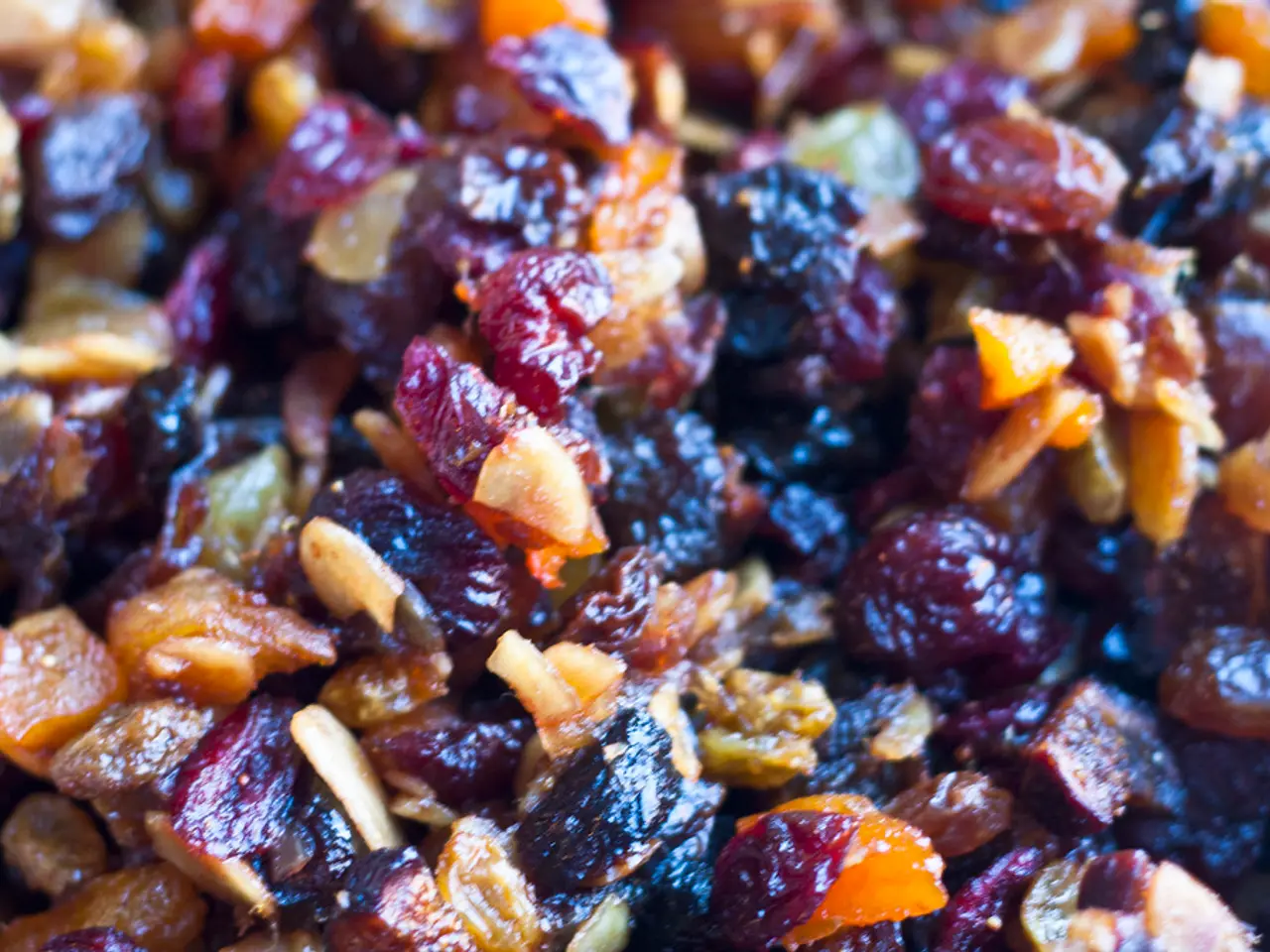On January 6, 2014, a deicing truck from the Pennsylvania Department of Transportation sprayed a concoction of brine and beet juice onto the roads.
In the harsh winter months, keeping roads and walkways safe from ice and snow is a priority. However, the methods we use to do so can have significant impacts on our environment. Here's a look at some common ice melters and their environmental impact.
Salt, or sodium chloride, is a widely used ice melter, but it's not the most environmentally friendly option. Salt is effective only above 15°F to 20°F (-9°C to -7°C), and when it melts ice, it can harm aquatic life and vegetation. The ice-salt mix can seep into groundwater and streams, where it can remain for decades.
A more eco-friendly alternative is a commercially prepared beet juice solution. When mixed with salt, it serves as a "goo" to which salt sticks, minimizing its tendency to run off into nearby streams. The sugar in beet juice lowers the freezing point of the ice, allowing salt to melt it at a cooler temperature than its typical 15°F limit.
Other organic alternatives include pickle brine and cheese brine. While they do contain salt, their organic components can attract unwanted germs that feed off the oxygen that aquatic animals need to survive. Nevertheless, these brines can melt ice at lower temperatures than salt and prevent snow and ice from bonding with pavement.
When it comes to chemical deicers, potassium acetate is a less harmful option. It lowers oxygen levels in water and can harm aquatic life, but it's applied as a preventive measure and melts ice at temperatures as low as -75°F. Calcium chloride, on the other hand, is corrosive and damages metal, concrete, trees, and leaves behind a residue that can make roads slippery.
Innovative solutions are also emerging. Photothermal coatings, such as antimony selenide (Sb2Se3), use solar energy to melt ice autonomously without chemicals, avoiding runoff and environmental toxicity entirely. Radiant snow melt systems, which use embedded heating elements, also eliminate the need for chemicals and reduce mechanical removal and chemical damage.
When choosing an ice melter product, it's important to take a look at the ingredients. The use of food waste, such as pickle brine or cheese brine, can be a sustainable solution, but the environmental safety depends on the concentration and local ecosystem sensitivity.
A study by Marquette University showed that salt on snowy roads can reduce accidents by up to 88 percent, compared with untreated roads. However, the long-term ecological and infrastructure harm caused by salt use should be considered.
In most hardware stores, you will find products labeled as "ice melters." But for a more eco-friendly choice, consider sugar beet juice, pickle brine, or cheese brine, or explore innovative solutions like photothermal coatings and radiant heat systems. The most environmentally friendly melting agents minimize negative impacts on aquatic life, vegetation, metals, and rivers by avoiding toxic runoff, corrosion, and ecosystem disruption.
- The effectiveness of salt as an ice melter is limited, especially in temperatures below 15°F to 20°F, and its use can cause harm to aquatic life, vegetation, and groundwater.
- A commercially prepared beet juice solution, when mixed with salt, can make salt stick to the surface, preventing it from running off into nearby streams, and lower the freezing point of ice, allowing salt to melt it at a cooler temperature.
- Innovative solutions like photothermal coatings and radiant heat systems, which do not require the use of chemicals, can be more eco-friendly choices for melting ice, as they avoid harmful runoff, corrosion, and ecosystem disruption.








